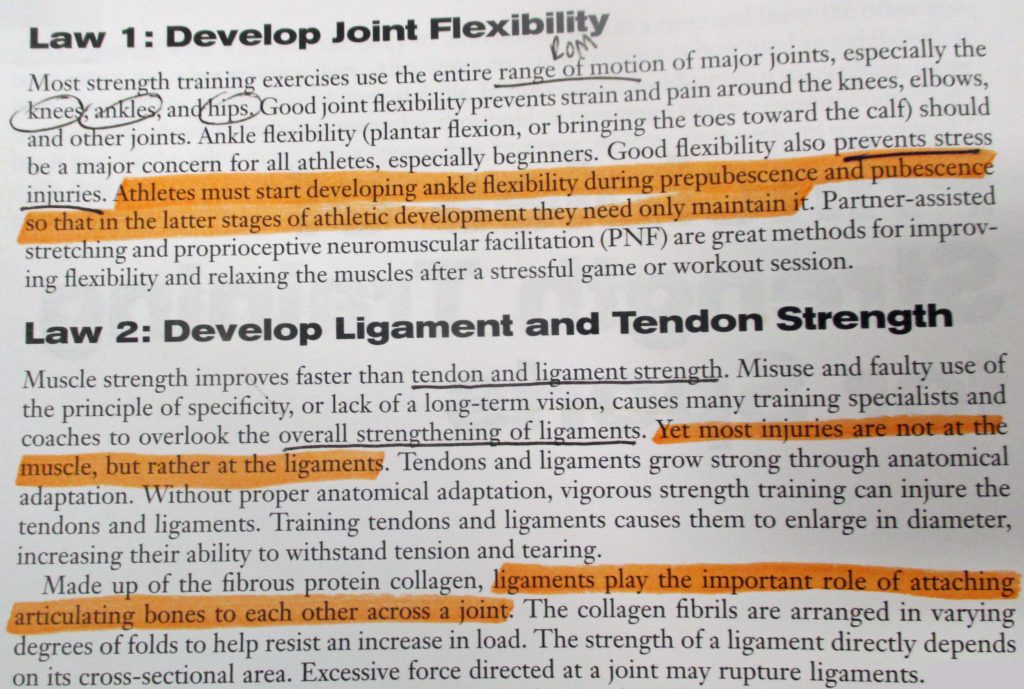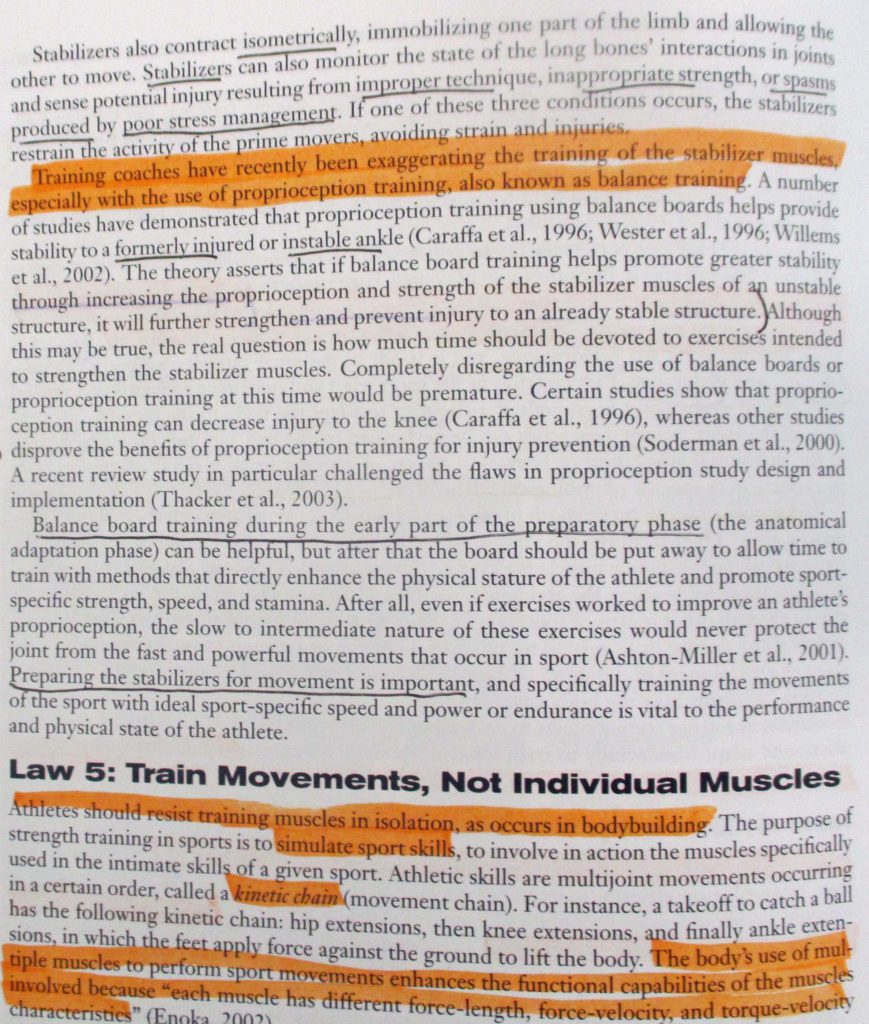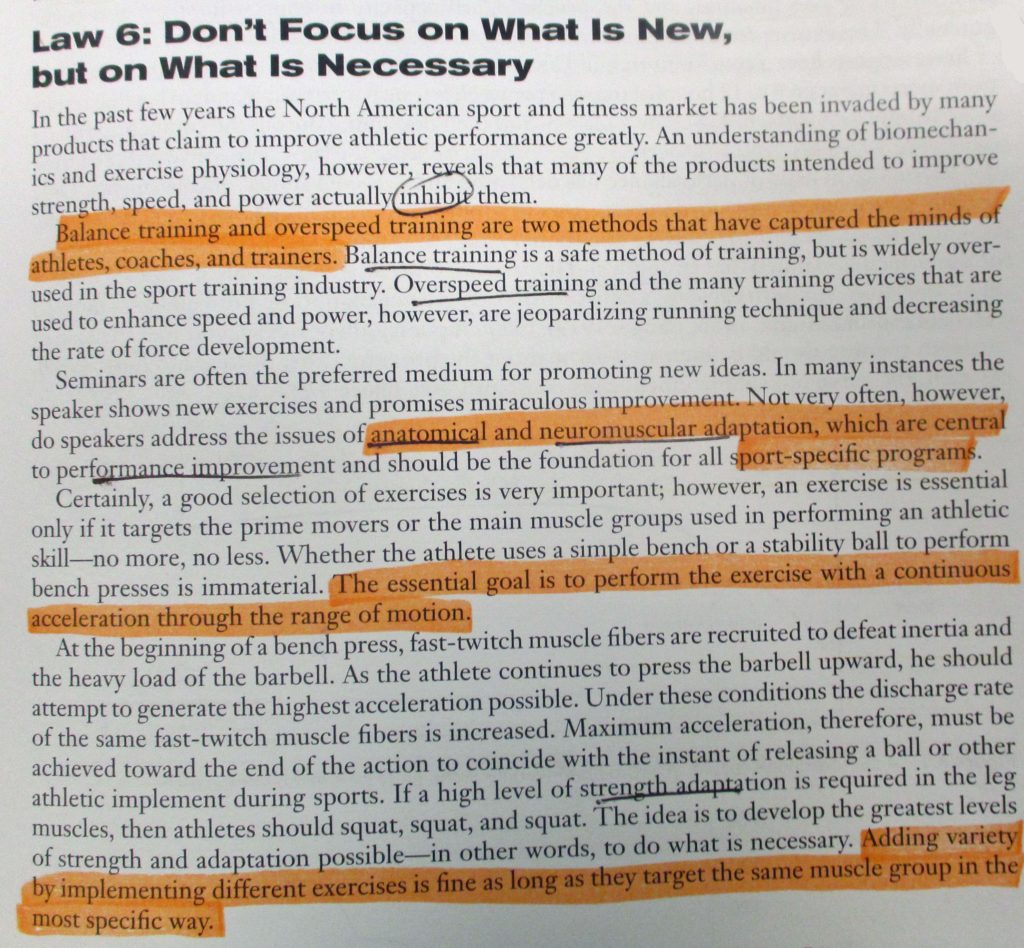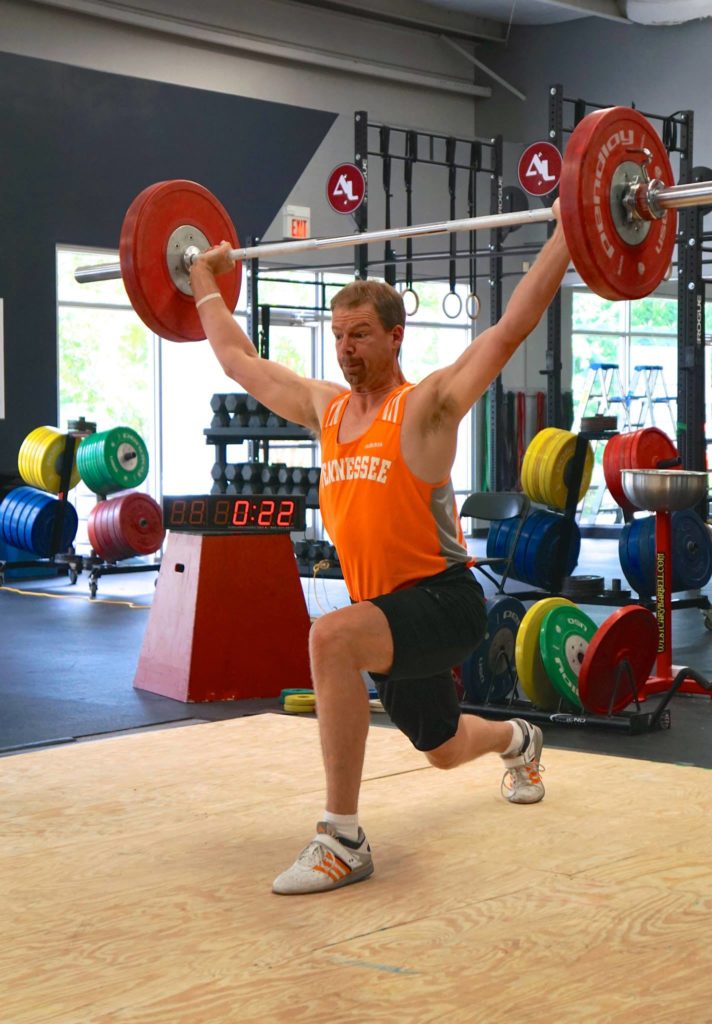MorlandSTRENGTH’S NEW Fall Series will focus on Periodization for Sports using Tudor Bompa’s NEW 3rd Edition

As we celebrate 4 years of educational topics we thank you for learning along with us and ask you to tell others about our excellent content and this exciting new series bound to be one of our best.
One of our readers recently said:
“We try to share every blog you write- it’s really good material. I think your blogs are some of the highest quality online- and I’m not just saying that.” Teambuilder Application Co-Founder Hewitt Tomlin
How far do you plan ahead in your training? Seriously, is it one day, one week, a month or longer? Does your planning change in regards to the activity you are planning? If you are planning for testing or peaking, when do you begin planning? How long does it take to develop strength endurance/capacity, basic strength, power, or get conditioned for the requirements of a sport? How does a coach put into place a 3 month off-season plan for training? If this plan is in place should there be a greater expectation for results? When the planning process is poor should the coach still expect results?
These are some of the questions we hope to begin answering as we begin this Fall Series on the Power of Periodization. I consider myself a pretty good planner and if there’s “one thing” that really irritates me, it is wasting time. I still have my moments, but I’m trying to get more established in how training can strategically unfold over time. What about wasting our students’ and clients’ time, potential gains to body durability, and higher performance levels by not having answers for their plan of progress?
Our team of bloggers is excited to tackle these questions that show the real power of training is in the periodization process. We will use our knowledge, experience, and application using those we are currently training to bring home the concepts explained in this book. In the last blog topic #69 I demonstrated the power of periodization by increasing my own core endurance by 100% in 4 weeks and 4 hours of training. Commonly I see between a 10-15% increase in the core exercises with my students and athletes over a 2-3 month time frame depending on training age. What better resource to discuss than by the “Father of Periodization,” Tudor Bompa. Our team of 6 bloggers has seen some of the unhealthy trends caused by a “have it now” culture along with the lack of high quality resources to prepare the healthy fitness professional for long-term success. Join us as we seek to help you plan your next program better than ever before!

To kick off this series I wanted to share the backstory on this book. In 2007 I attended a conference in which the sport scientist took a group of us through the process of planning for one athlete to do an entire annual plan (macro-cycle of 12 months) for success. This was a life transforming process for me about how to plan for long-term programs. A couple years later another coach challenged our group to get our methodology onto one page and be able to communicate it with our sport coaches and athletes. After these two experiences I began looking for resources that would provide the answers to these types of questions and one of the resources I found was this book. I have referred to this text more than any other book over the last 10 years of coaching (see mark-ups below). In 2012 I outlined this entire chapter to refine my approach to the methodology. The 3rd edition approach hasn’t changed much and so it is….great laws don’t change they only get more established as time goes one. I hope following this series this will be a good investment of your time.



Outline and applications from Chapter 7: The Seven Basic Laws of Strength Training (was chapter 4 with 6 laws) expanded 3rd Edition
Law #1: Develop Joint Flexibility
- Especially in the knees, ankles, and hips
Application: a more flexible joint is a more efficient joint so says physics and so says bodies when joint health is maximized
Law #2: Develop Ligament and Tendon Strength
Comment: Why is long-term development especially important in younger athletes? Muscle strength is just developing and neuro-patterns need to be cultivated with joint health
- Muscle strength improves faster than tendon and ligament strength and ligaments and tendons are trainable
- Progressively increasing the load used in training improves the visco-elastic properties of ligaments and allows them to better accommodate high tensile loads such as dynamic movement, plyometrics and maximum strength training
- Exercise done during the anatomical adaptation phase can be considered an injury-prevention method
Application: any coach can get the muscle strong but how many can get the ligaments and tendons healthy enough to endure the load the sports require?
Law #3: Develop Core Strength
- The arms and legs are only as strong as the trunk
- Strong core muscle as absorbers
- Correct improper positioning or forward tilting of the body
Concept: Activation Overflow- contraction or irradiation when a strength exercise is performed many muscles of the core area are activated and contract synergistically to stabilize the body and to act as a support so the limb can perform the exercise.
Application: Core strength can be developed by multi-joint exercises that use the core like the deadlift, squat, push-press, pull-up, and bench press. See also blog #69 on crawling like a leopard.
Law #4: Develop the Stabilizers
- Prime movers work more efficiently with strong stabilizer, or flexor, muscle
- Improperly developed stabilizers may hamper the activity of major muscles
- A weak stabilizer inhibits the contracting capacity of the prime movers
Concept: Stabilizer can monitor the state the long bones interaction in joints and sense potential injury resulting from:
- Improper technique
- Inappropriate strength
- Spasms produced by poor stress management
Comment: Don’t treat health and unhealthy athletes the same as related to resistance training
Example: balance training for an unhealthy athlete with ankle injury
- How much time on stabilizer depends on the training age and sport demands
- Early part of the preparatory phase/anatomical adaptation phase can be helpful
Law #5: Train Movements, Not individual Muscles
- Resist training muscles in isolation as in bodybuilding
Concept: The body’s use of multiple muscles to perform sports movements enhances the functional capabilities of the muscles involved because “each muscle has different force-length, force-velocity, and torque-velocity characteristics” (Enoka, 2002)
Concept: According to the principle of specificity, body position and limb angles should resemble those needed for the specific skills to be performed.
- Most athletes still follow this method of multi-joint exercises introduced in the early 1930’s prior to the 1936 Olympic games..they are the key to strength training efficiency
Law #6: Don’t focus on What is New, but on what is Necessary
- The invasion of “cutsie” products that are suppose to enhance your training routine
- Understanding bio-mechanical and exercise physiology reveals that many of these products inhibit improvement of strength, speed, and power
Examples: balance training and overspeed training are two methods that have captured the minds of athletes, coaches, and trainers
- Anatomical and neuromuscular adaptation are the keys to performance improvement and should be the keys to sports-specific programs
- Exercise selection is important but the main thing continuous acceleration through the range of motion
Application: Move the target out, raise the aim, and re-focus on the bull’s eye (story of Dad blasting the chicken at 100+ yards)
Law #7 (NEW): Periodize strength in the Long Term
Examples: progressive increase of Load, Variety of exercises and strategic progression, Individualization, and Specificity of the dominant energy system being trained
My conclusions from 2012 and revised for this blog:
- Coaches can tend to function on short-term workout or week (exercises, weekly plan, etc.)
- Some Coaches function on a month – 4 weeks (adaptation, week 3 higher volume, week 4 unload)
- Championship Coaches function at months and yearly plan – 12 weeks and longer term
Let’s consider how the weeks unfold with one another to include accumulation, volume-load, intensity, and the unloading process with proper recovery/regeneration. This is going to be a great series and I hope it will push your training to new heights!

Chris Morland, MS, CSCS
MorlandSTRENGTH CEO
Educator and Coach | Visionary in High School Strength and Conditioning
Director of Strength and Conditioning at Cardinal Gibbons High School | Teacher
Click to follow MorlandSTRENGTH’s Instagram account
“The views, opinions, and judgments expressed in this message are solely those of the authors and peer reviewers. The contents have been reviewed by a team of contributors but not approved by any other outside entity including the Roman Catholic Diocese of Raleigh.”
